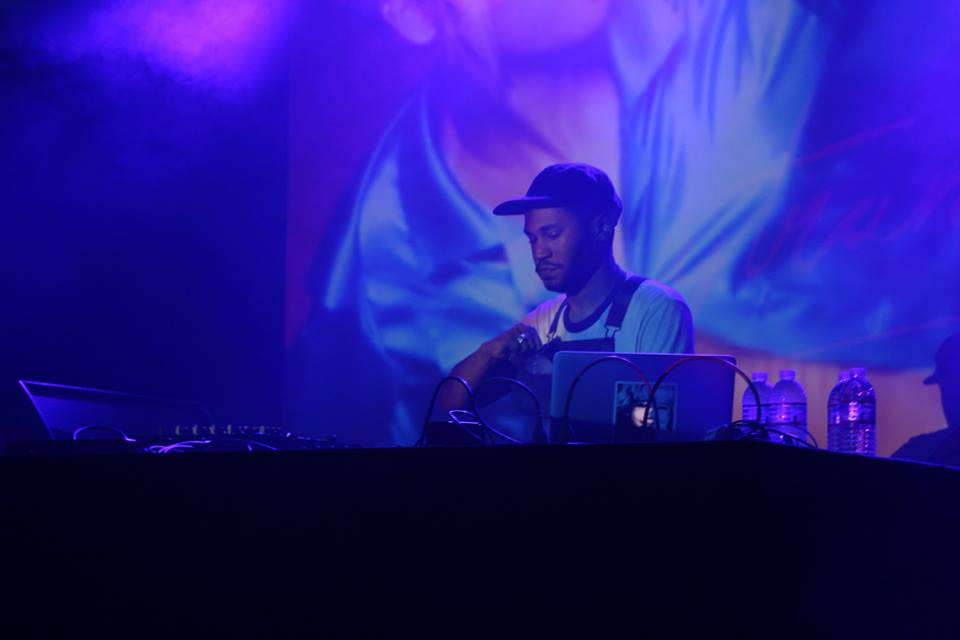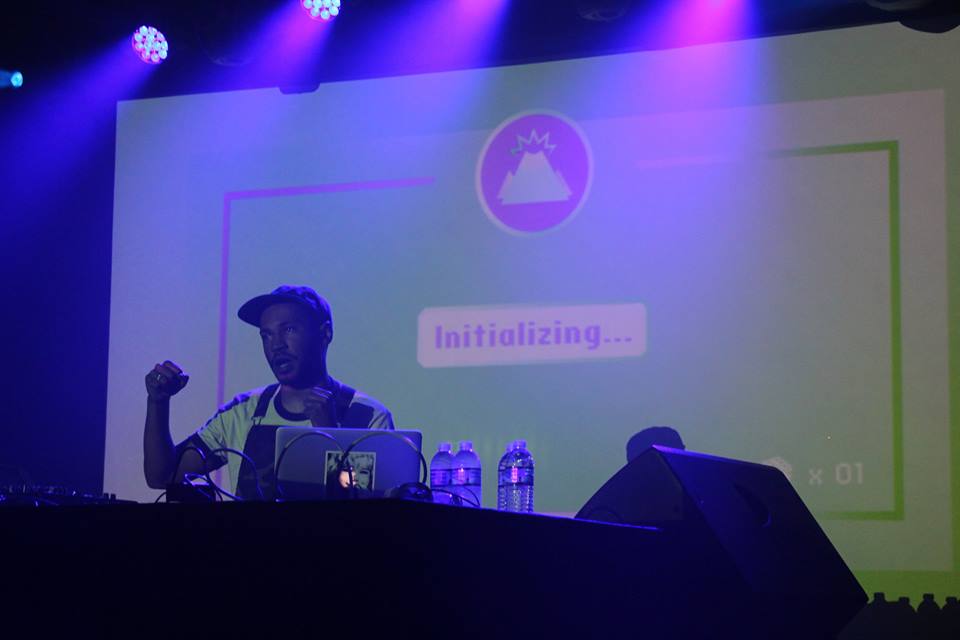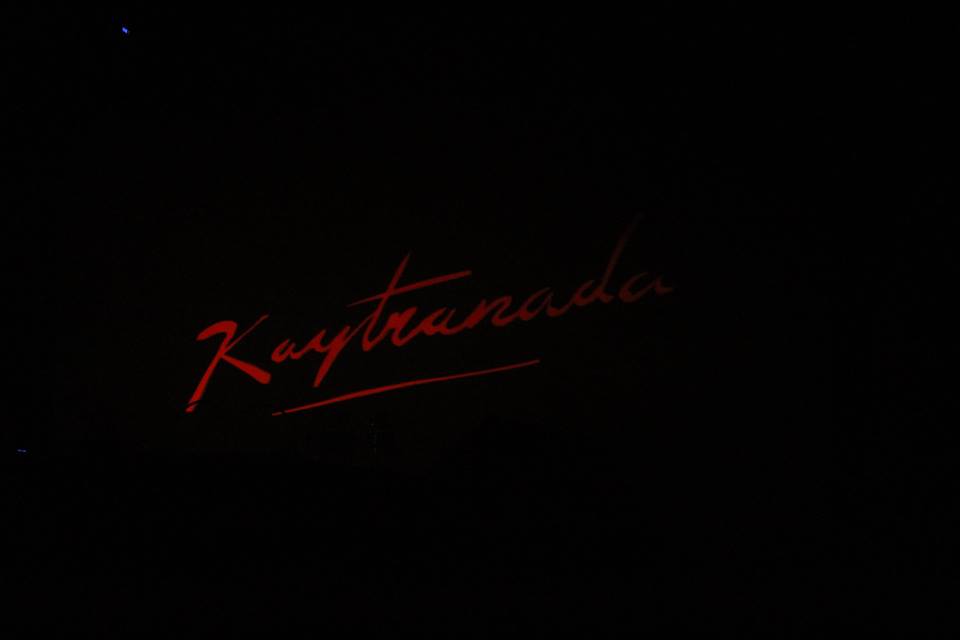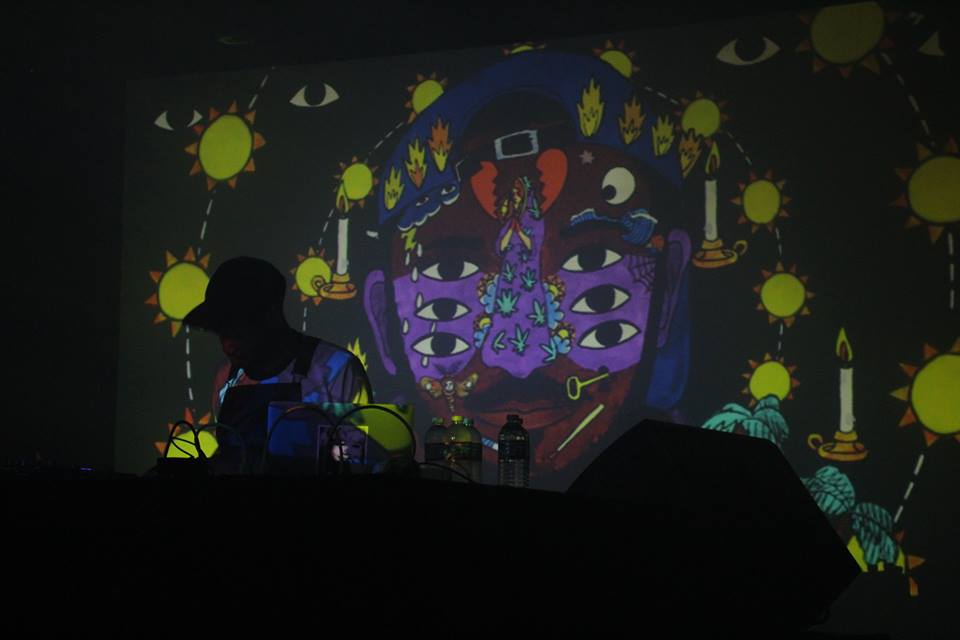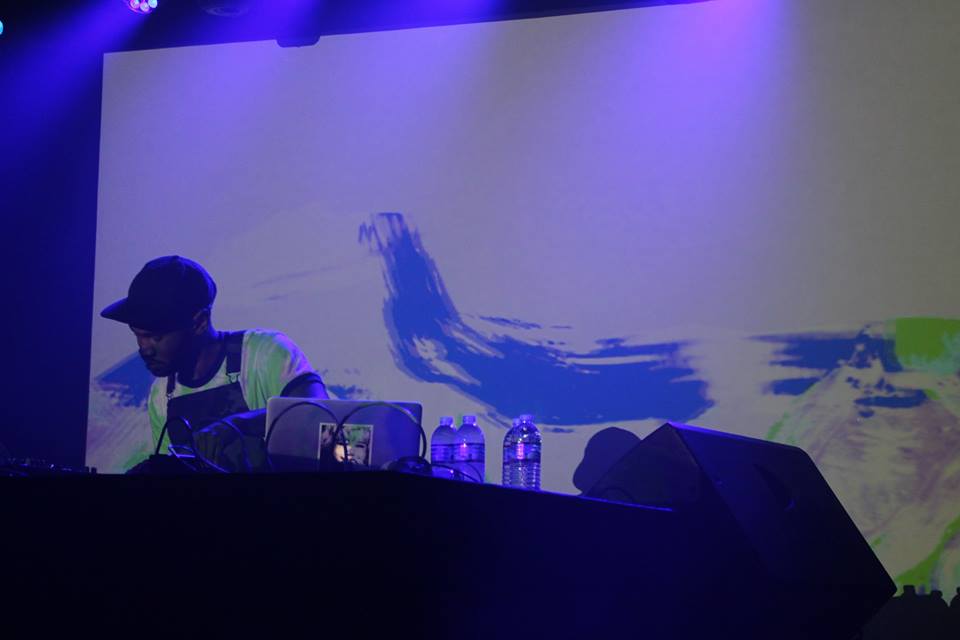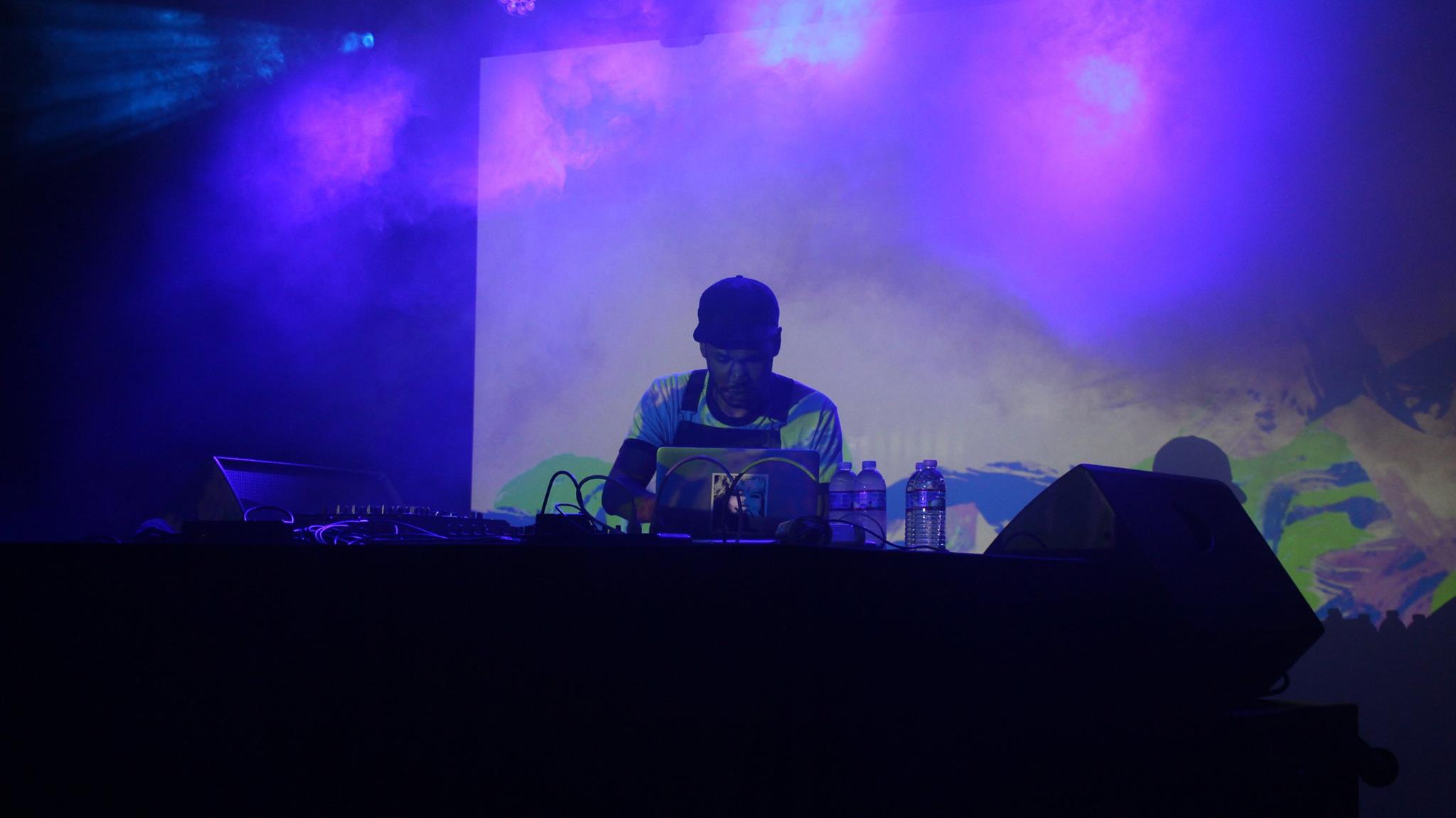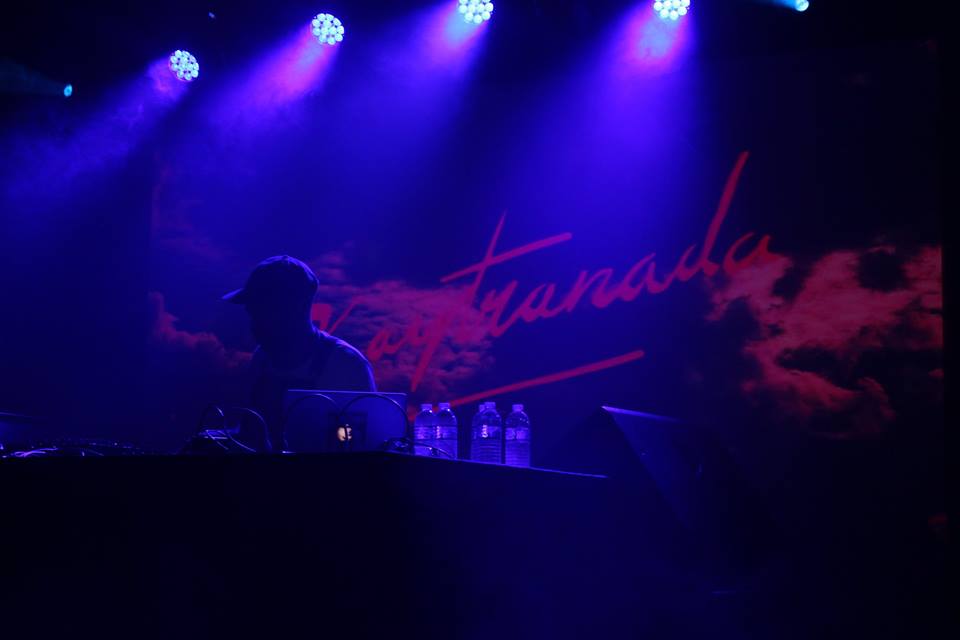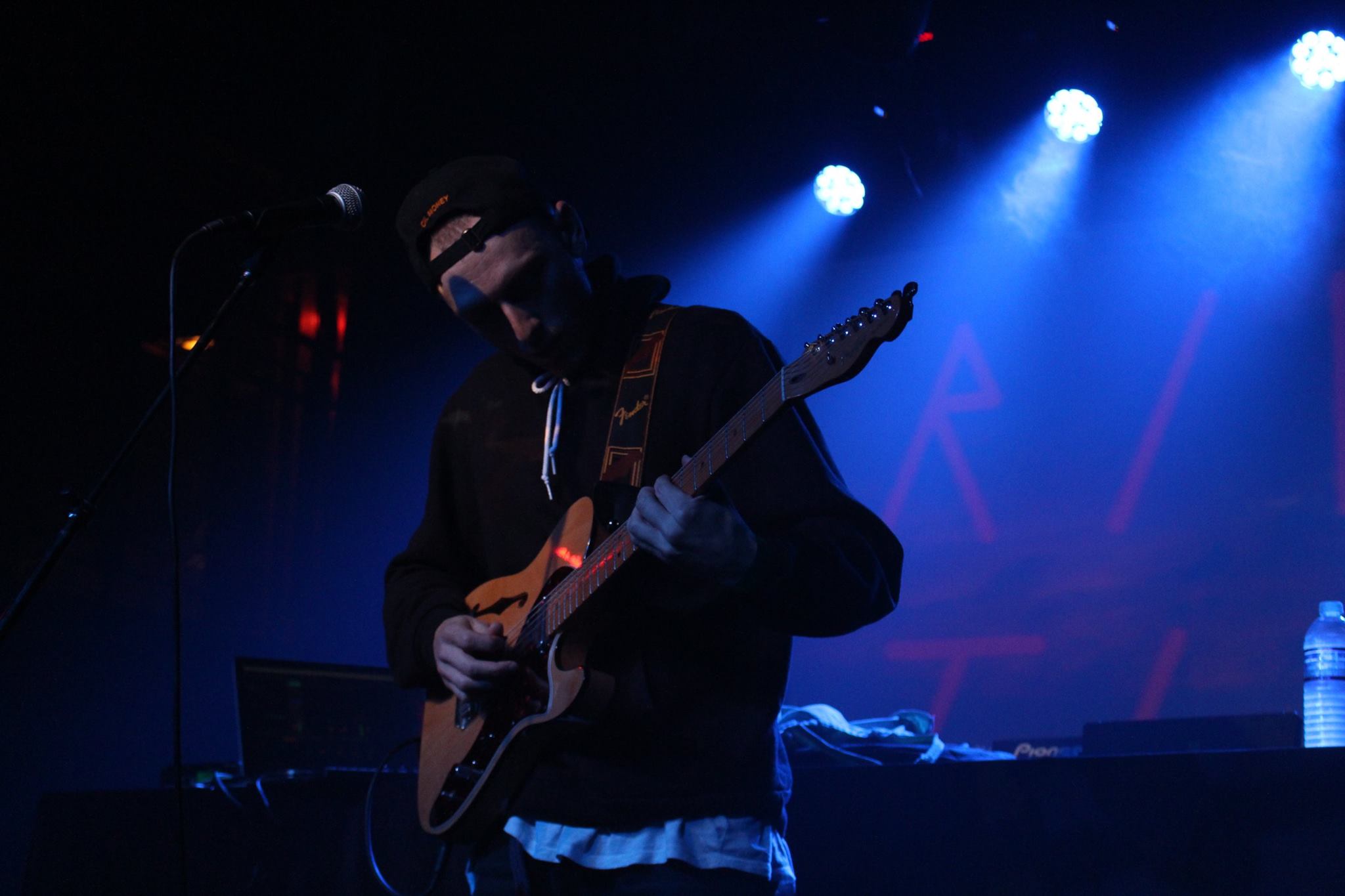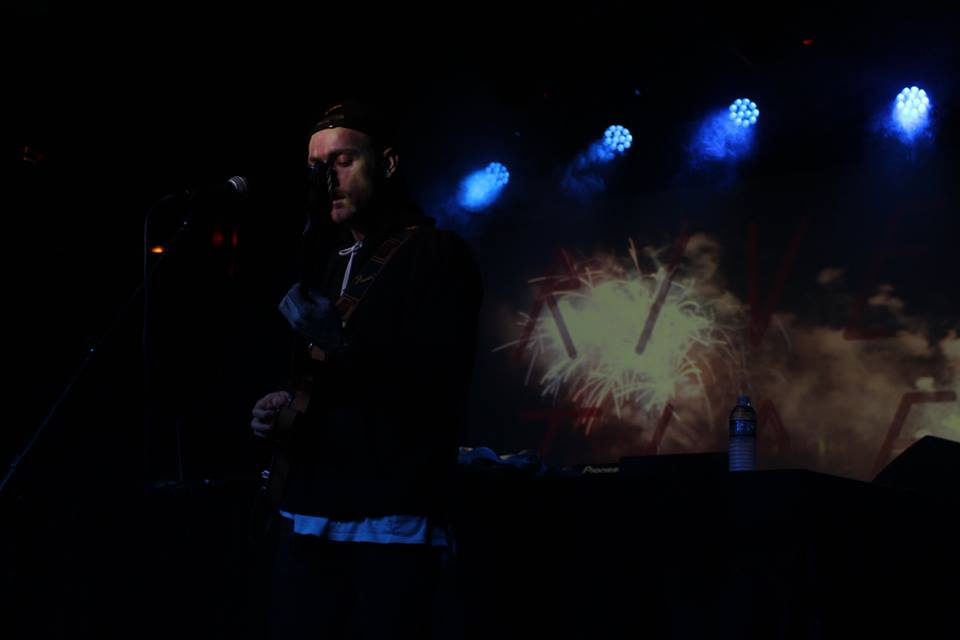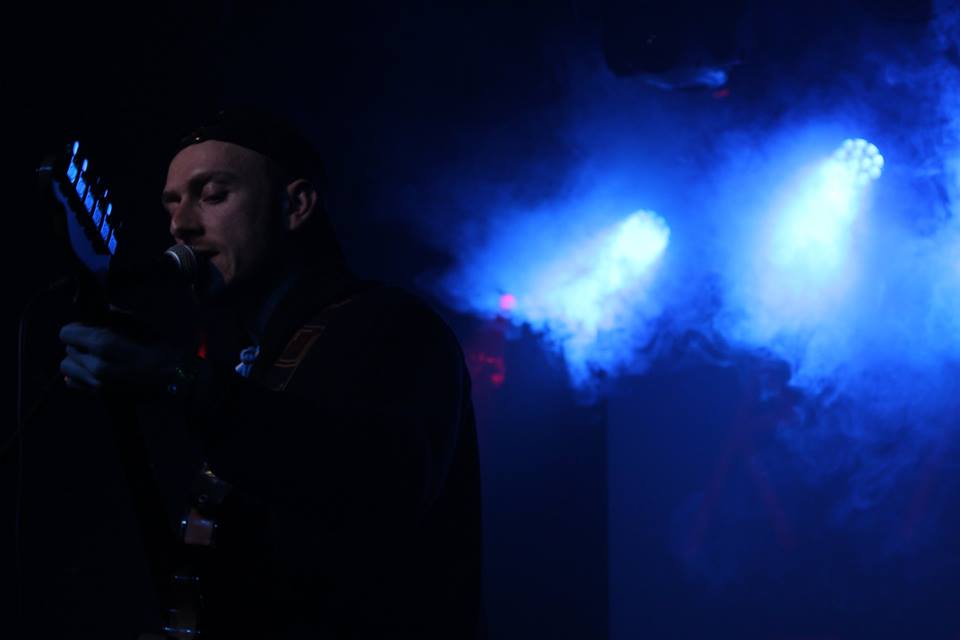Four things I learned during my first trip to Outside Lands
/The scene above Golden Gate Park at OSL2016. (photo by Ray Chavez)
By Harrison Laver | @Harrison_Laver
Friday, August 5th was my first time at Outside Lands and my first major festival experience. Being one of the most hyped events in California, Outside Lands was something I had long wanted to check out. After some proper pre-gaming in the Lower Haight neighborhood of SF, our group headed over to the event, and it was there that I learned four important things about this iconic Northern California festival in the foggy/sunny/foggy grounds of Golden Gate Park.
1. Lines are everywhere, but can often be bypassed
My initial impression was this: there are a lot of people here. To be more precise, one metric shit-ton of people (70,000 attendees on Friday). At first glance, the line to enter the south side of the park seemed to be a massive group that had gathered to witness a speaker or something. But it was indeed the line to enter OSL. According to a police officer that we spoke with on the other side, the festival had received several threats and the FBI advised a thorough search of each backpack and bag that entered the grounds, which created a huge backup. Once we finally got inside, there was one thing on our minds: beer. And there’s a line for that. But we needed 21+ wristbands as well, and there’s a line for that too. This is the first thing I learned about OSL; there are lines everywhere. However, if you plan accordingly and are willing to do a little walking, there often are ways to skip the lines.
Gaps in artist set times often create a lot of people moving from one stage to another. If you can time it right, you can arrive at an area of the festival that has minimal people, and therefore minimal lines. I found that the timing was best around 15-20 mins after an artist had finished their set, or right smack dab in the middle of the set while most people are close to the stage (excluding the main stage, which more or less had big lines for the entirety of the festival). Also, there seemed to be food and drink areas of the park that were a bit tucked away and didn’t have the crowds that some of the more popular areas had, which made them much more approachable.
2. Make a plan beforehand
One of the issues I faced was not knowing the lineup very well, so coordinating between stages and artists proved to be a challenge, and I ended up missing a few acts that I would have loved to see. It was my first experience at a big festival so it was a little hard to wrap my head around the whole ordeal, and the fact that I was part of a large group made it a bit more difficult to organize. So, I would suggest making a plan before you arrive at the festival in order to maximize the amount of artists you’d like to see. Regardless, my group made it right up in front of the main stage to see Duran Duran and LCD Soundsystem, and both bands absolutely killed it. I had no idea that Duran Duran had so many hits, and he was cranking them out in a distinctively classy and bold style. And if you don’t already know, LCD Soundsystem live is pure euphoria.
LCD Soundsystem returns to their old form in SF. (photo by Ray Chavez)
3. Golden Gate Park is a man made park
I had no idea. Apparently the story is this (thanks Vince and Wikipedia): In the 1860’s, the public of San Francisco voiced a desire for a large public area, much like Central Park in New York which was in the process of being created at that time. The area in which Golden Gate Park stands was a large plot of sand dunes known as the “Outside Lands.” It almost became a racetrack under the lobbying of four millionaires, but thankfully the area was placed under the care of John McLaren, a world renowned horticulturist. 60,000 eucalyptus, pine, and cypress trees were planted to stabilize the dunes and create the park landscape. In 1903 the Dutch style windmills were constructed to pump water throughout the park. Golden Gate Park is effectively 20% larger than Central Park, which is further evidence that the West Coast is the best coast.
4. It’s expensive, but worth the experience
It’s like a baseball game. You purchase your tickets, but that’s only scraping the surface of the spending. Once you’re there, you’re buying $11 Bud Lights and $8 nachos, and before you know it you’ve spent well beyond the ticket prices. But all in all, you got drunk with friends, watched a great ball game, and had a blast.
Outside lands is much of the same. Except you may not spend more than your ticket price because those are pretty costly. If you have the extra cash to spend, and are looking for an awesome weekend with an awesome festival experience, then OSL is definitely worth it. I must have spent an upwards of $300 on food and drinks over the two days I was there, but I still walked away extremely satisfied. Sitting on the warm grassy hillside of the Sutro Stage watching Foals deliver their dreamy indie rock, and seeing my friend DJ Grensta absolutely destroy the decks in the Heineken Dome on Sunday made it a weekend that I will never forget. Don’t miss Outside Lands 2017!

